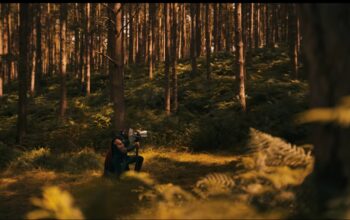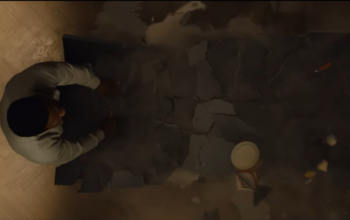
Medill Reports, a publication of Chicago, Northwestern University, is reporting on a group of students that have developed something super. They have created a suit that use sensors to help people see things that they normally can’t see. It uses a type of radar or sonar to help with perception.
The students in the computer science, communication and bioengineering departments were broken up into groups and charged with the task of making something that could “see the invisible.” Victor Mateevitsi said that he and his classmates were looking for a way to supplement the existing human senses, to fill in the blind spots.
“There are a lot of things that are invisible, but are deadly to us. Or, they may be a possible threat to us,” he said. “For example, radiation has no taste, it doesn’t emit any sound, yet it is extremely deadly. So we started playing around with the idea of what are the things that are invisible and how can we communicate them to the user without the need of a phone or a device that you need to take out of your pocket and look at.” (Medill Reports)
I love the idea of a group of computer science, bioengineers, communication majors together to make something new and unique. This joint collaboration developed something pretty KOOL.
Mateevitsi said: “It’s a suit that you can wear and you can feel the environment around you on your own body. So, as somebody approaches, you can actually feel pressure on the part of your body that he is approaching.”
The technology is similar to the way bats get around, by analyzing reflected pulses of sound or energy. The modules can measure from five inches to five feet, inducing pressure. As an object approaches, the strength of the pressure increases with it. (Medill Reports)
This actually sounds more like a Daredevil radar sense than Spider-Man’s Spider Sense. The whole radar/sonar ability could be helpful to a ton of people. It might enable someone disabled or blind to have forsight. It could go a long way to protect and keep police officers and military person more safe from harm.
Check out the full article at Medill Reports. Special thanks to my buddy James Frater for pointing on the article to me.



